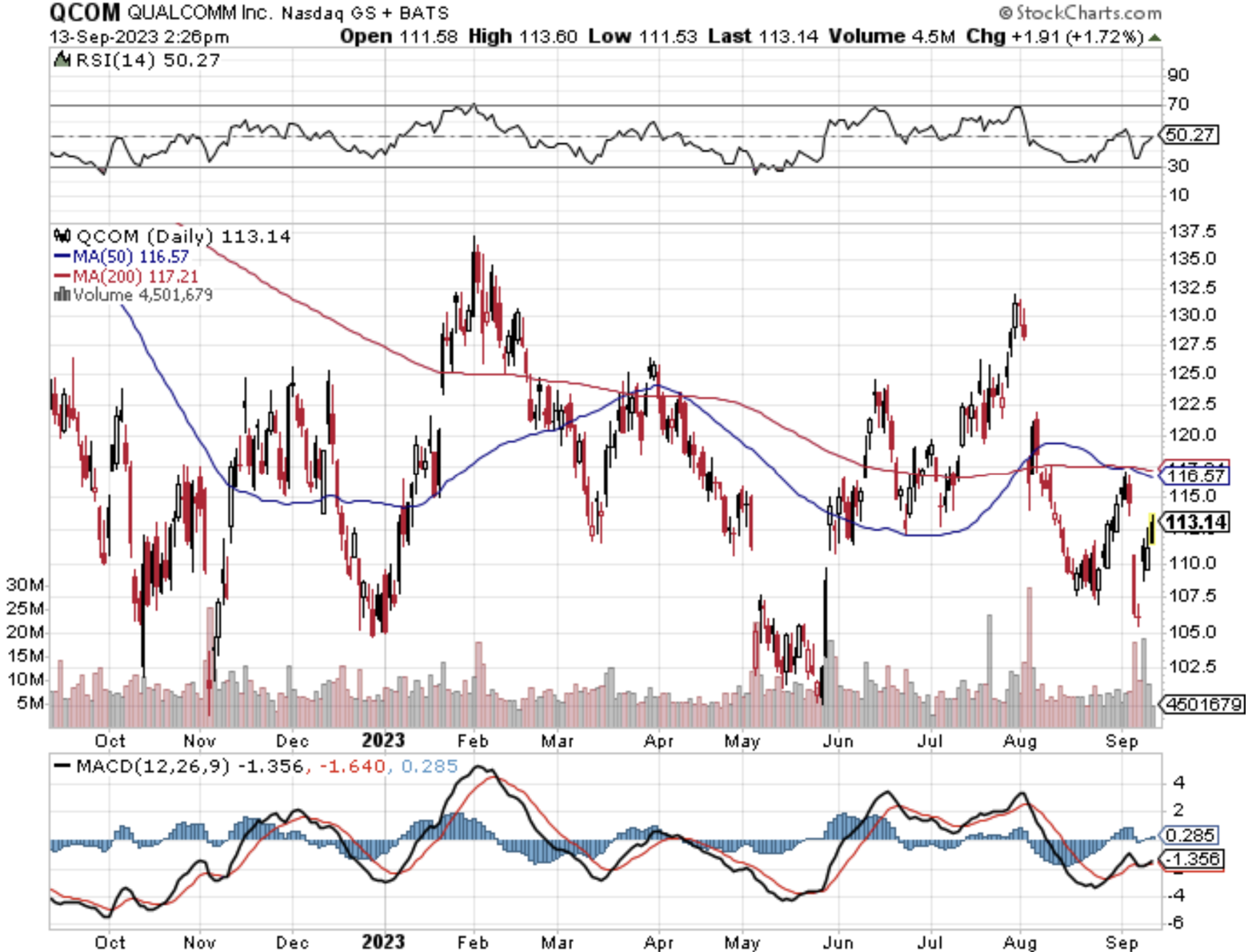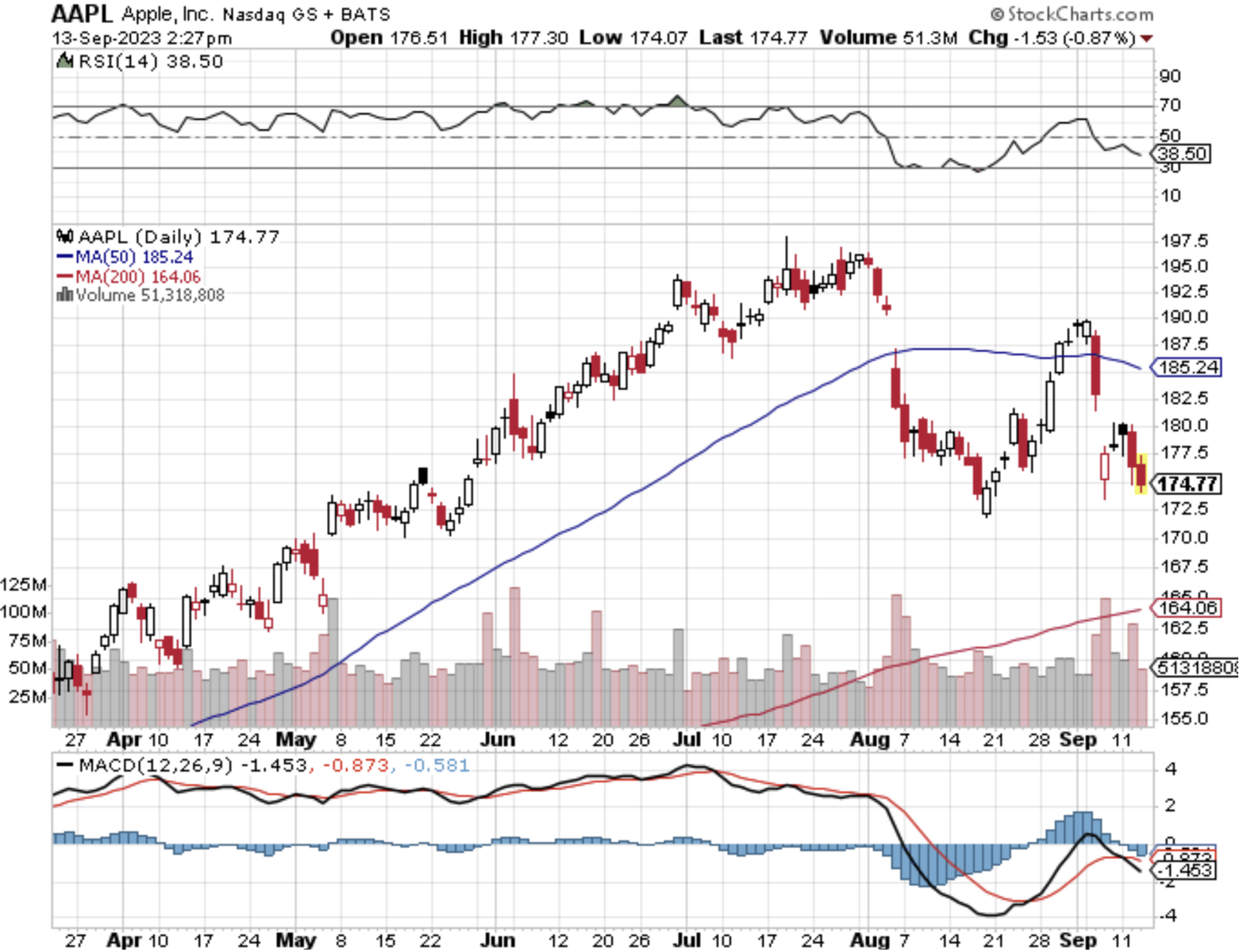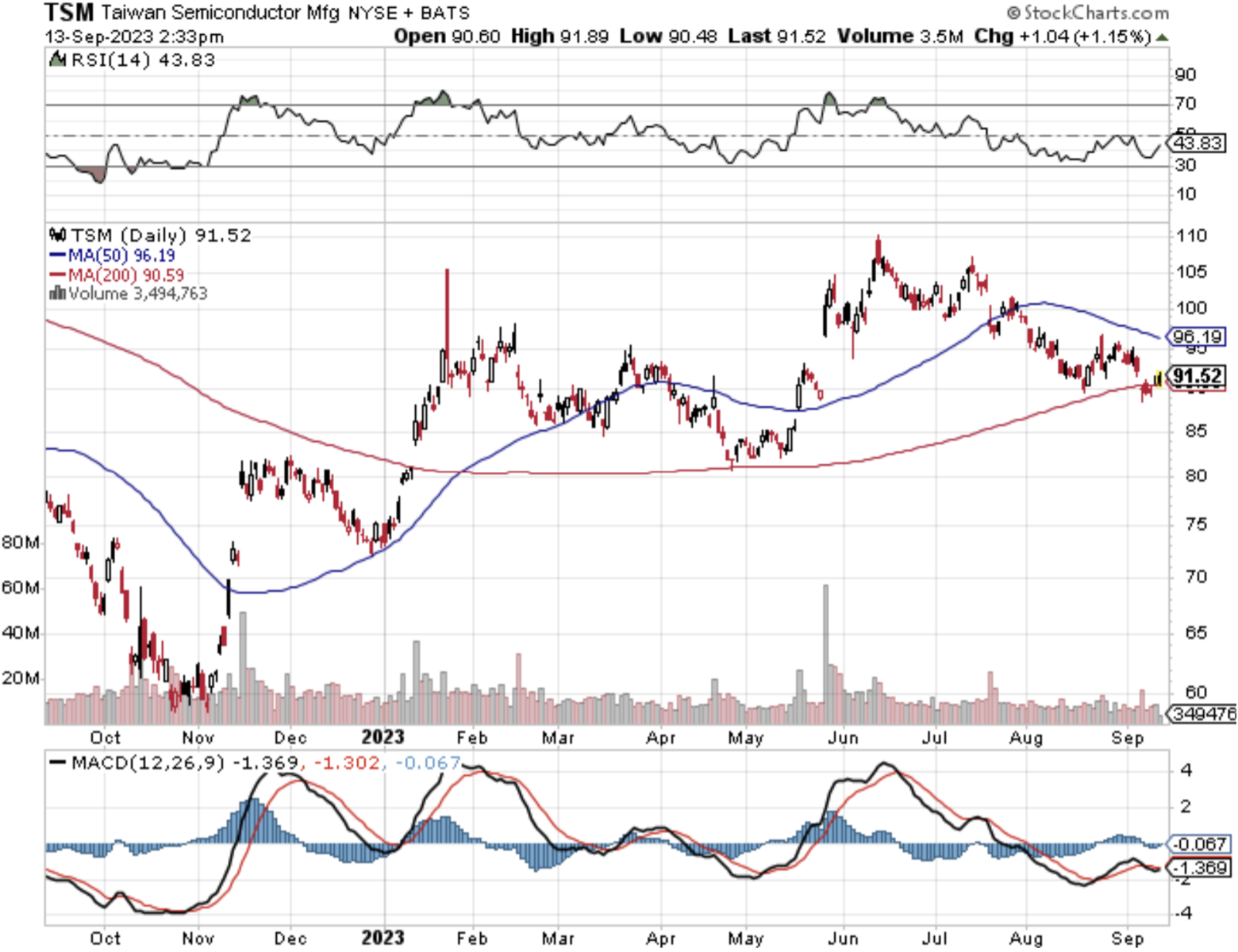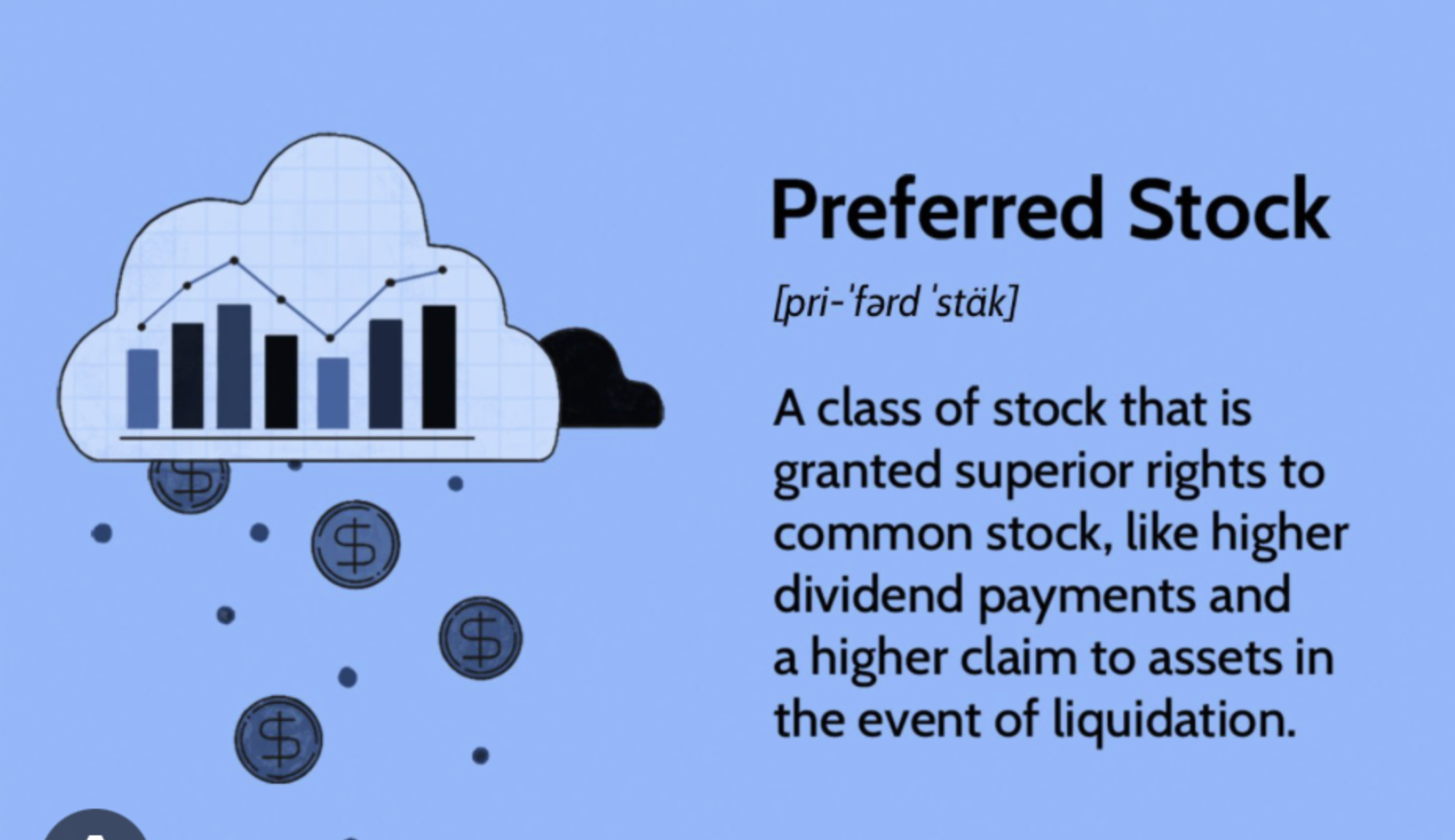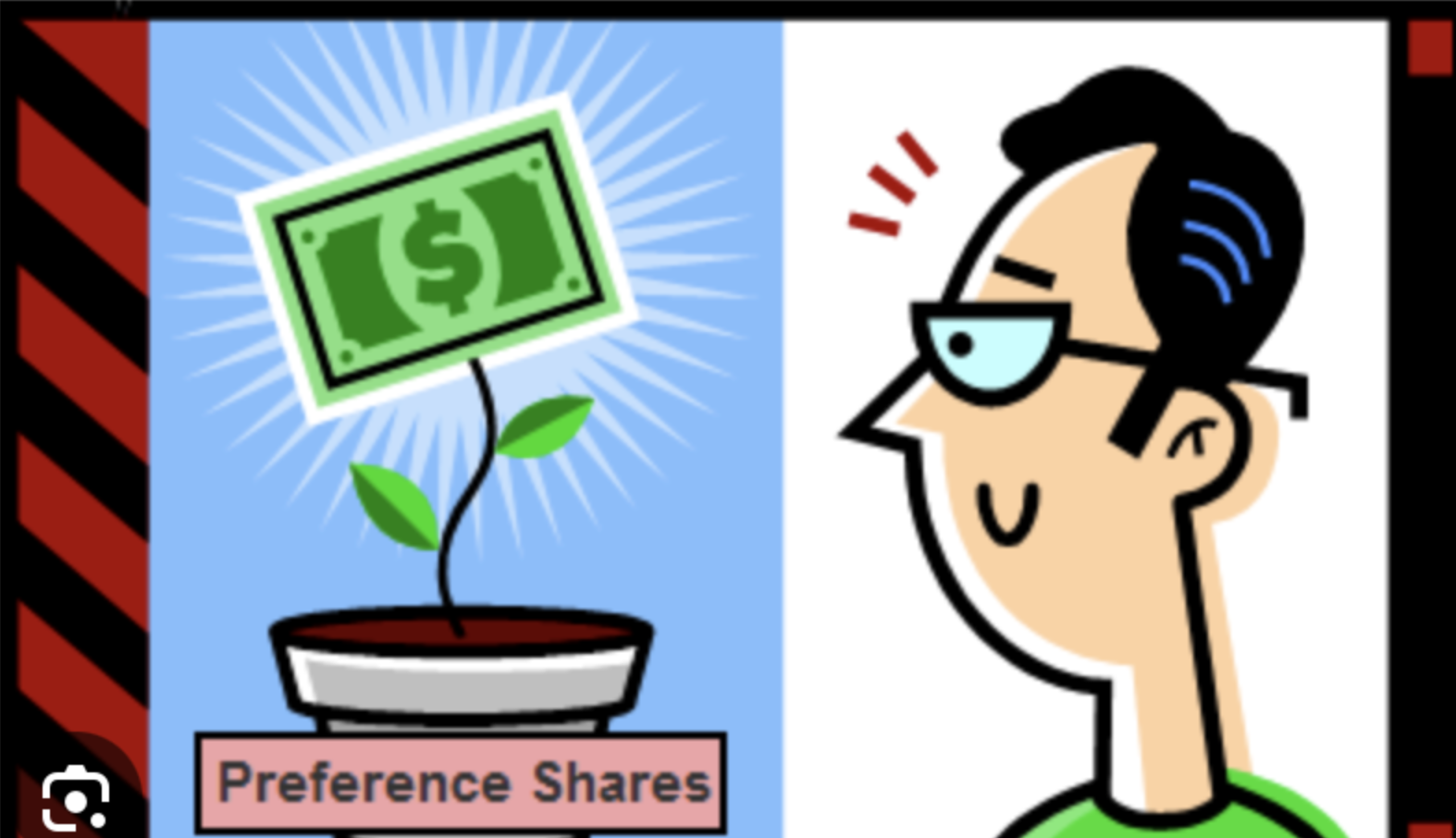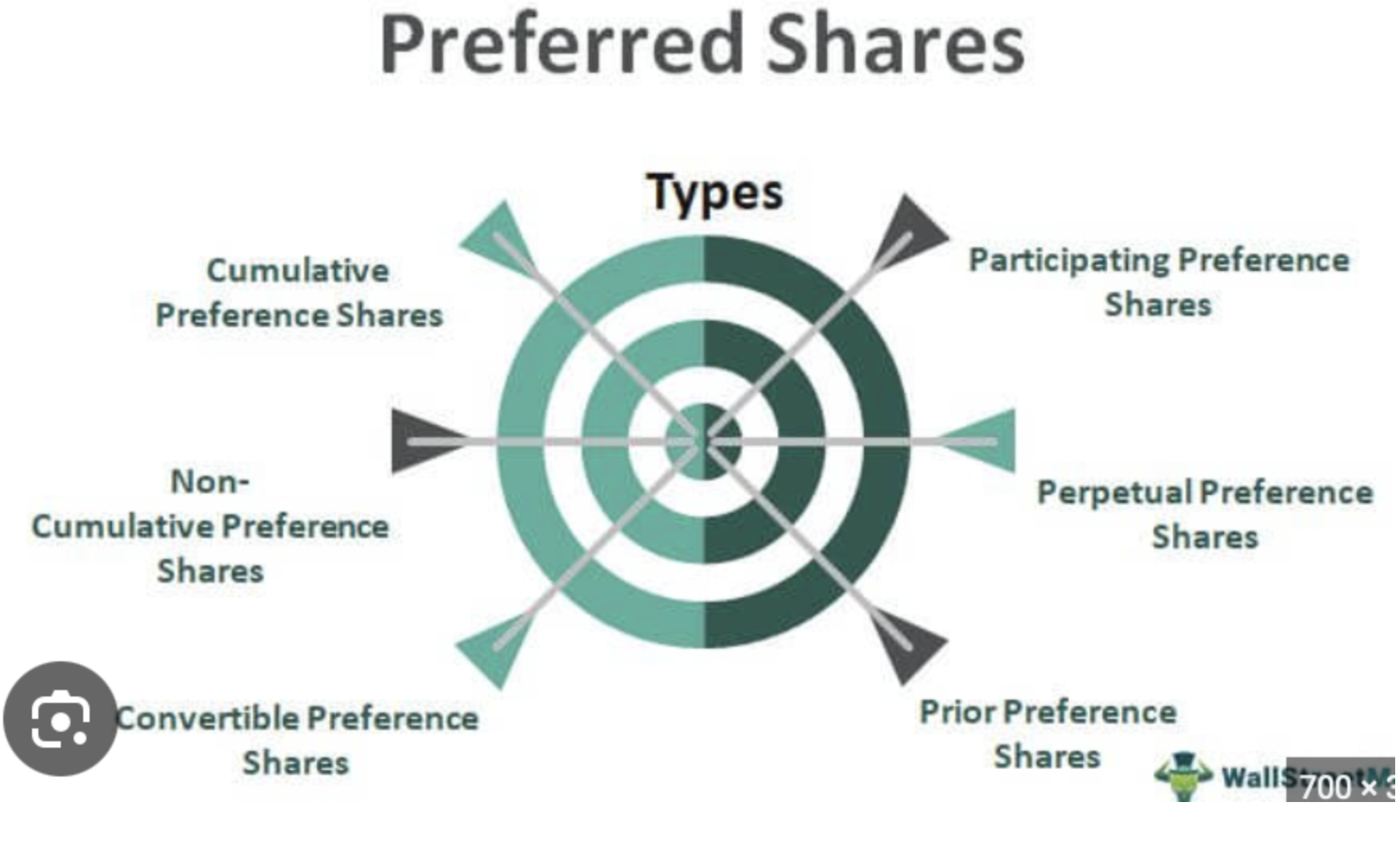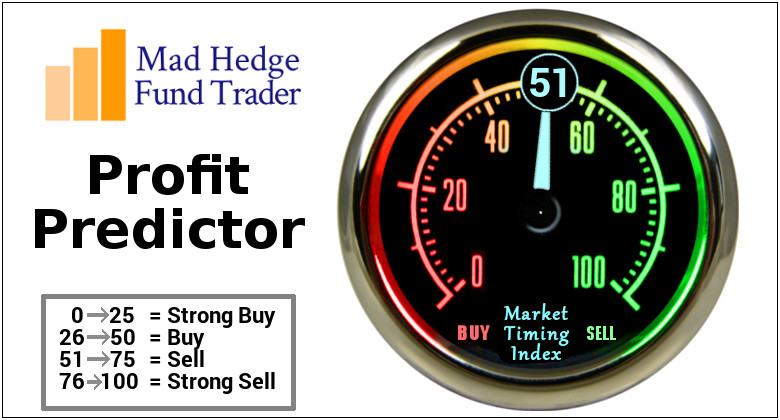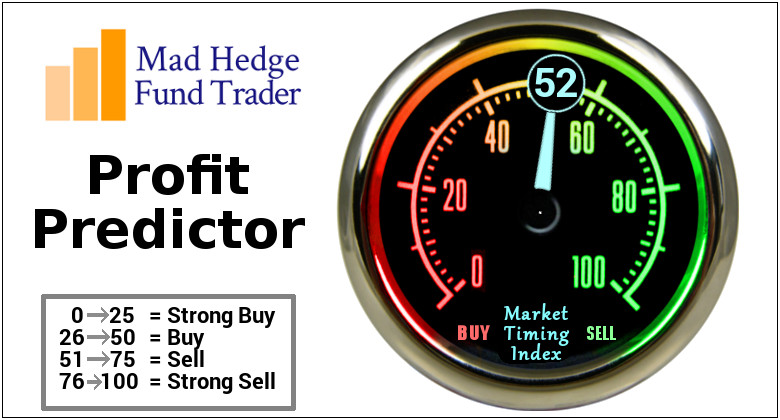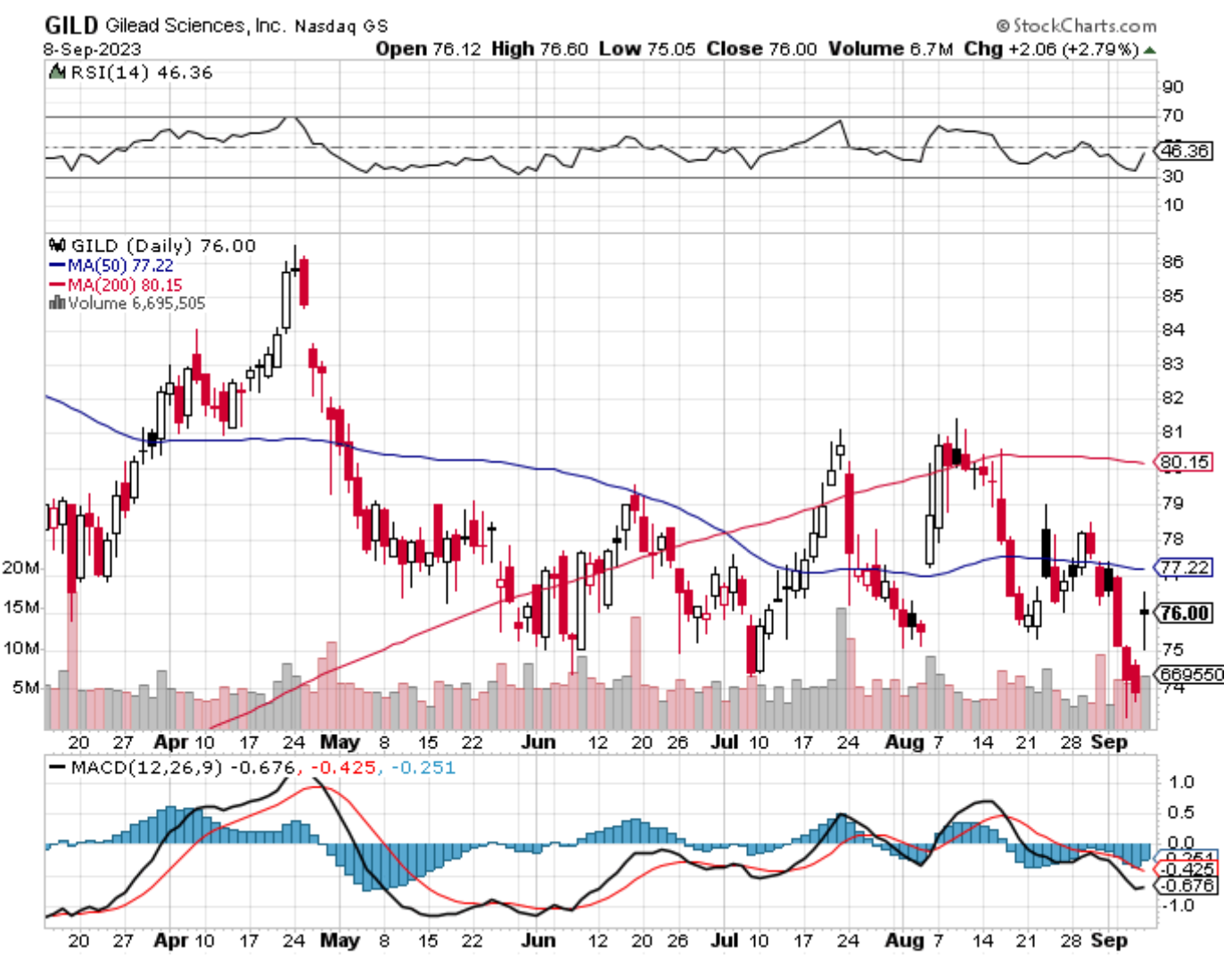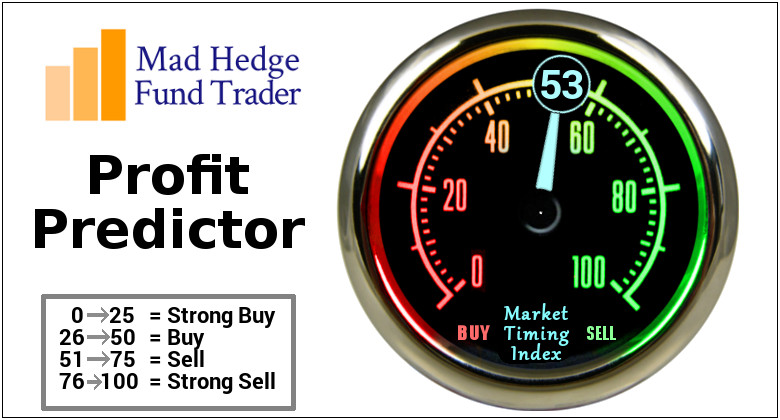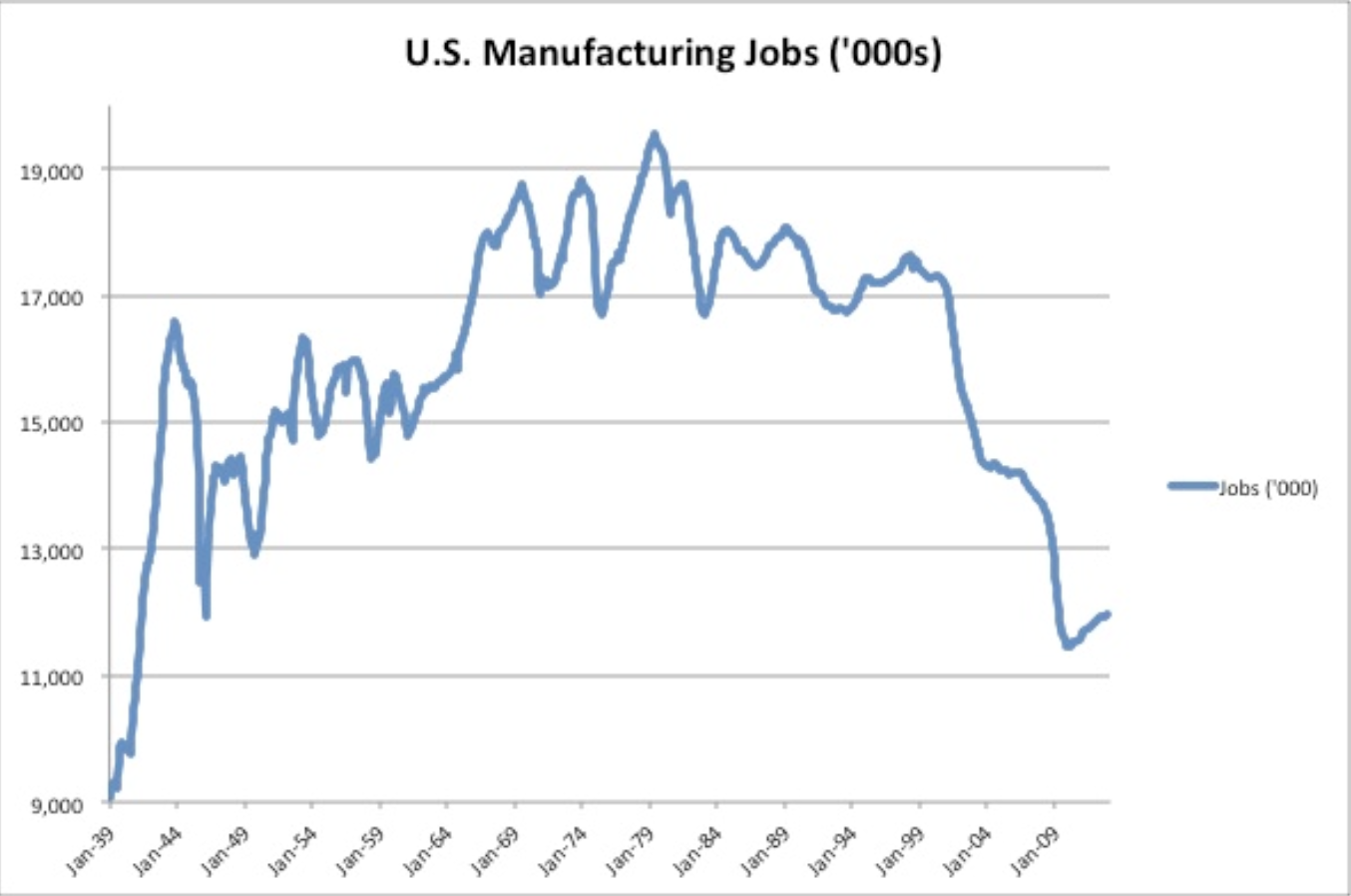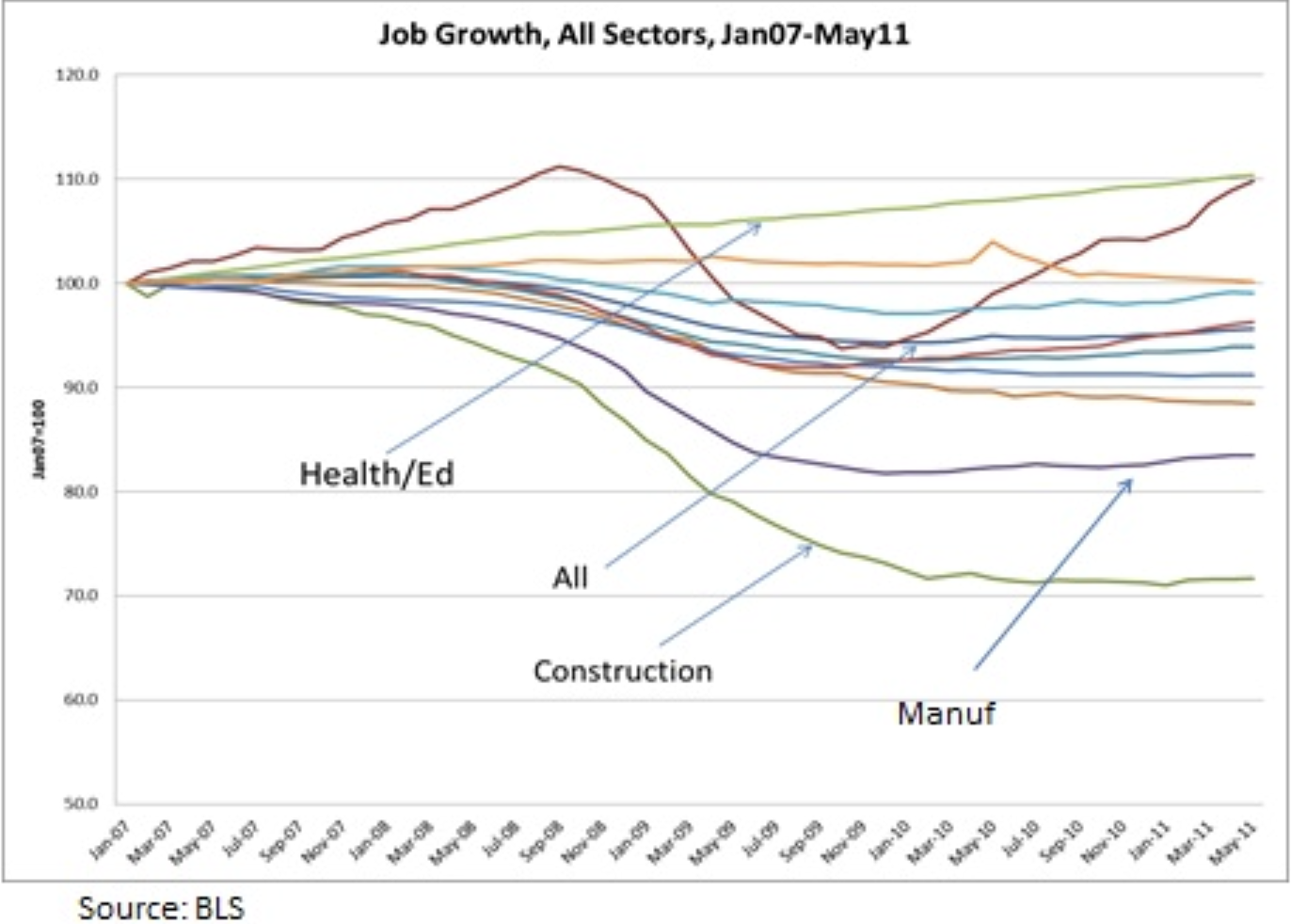If there is a company I would tell my grandkids to work for then it would be semiconductor company Qualcomm (QCOM).
Why?
Even Apple (APPL) can’t replace them so easily and that counts for a lot in this day and age.
We learned just as much as Qualcomm said that it will supply Apple with 5G modems for smartphones through 2026.
Qualcomm expected to lose the Apple smartphone business, because they expected Apple to use an internally developed 5G modem starting in 2024.
They couldn’t develop the product fast enough so it is back snapping up modems with QCOM.
QCOM is the best of breed for smartphone chips and they can be found in every flagship Android device.
I am specifically referring to QCOM’s Snapdragon products which are a suite of system on a chip (SoC) semiconductor products for mobile devices.
The Snapdragon's central processing unit (CPU) uses the ARM architecture.
This line of chips is incredibly competitive and one of the foundational reasons to hold the stock.
Samsung’s SoC competitor named the Exynos is still a far cry from the Snapdragon no matter how hard they try and it seems like each iteration of the Exynos flagship SoC is always a generation behind the Snapdragon.
Apple do use their own SoC with the newest one named the Apple A17 Bionic, but QCOM will still monopolize the Android market with their own Snapdragon that is actually slightly better than the A17 Bionic chip.
The Snapdragon 8 Gen 3 beats the CPU clock speed of the A17 Bionic.
This doesn’t always translate to better real-world performance, but it’s still an impressive feat.
People believe the new Taiwan Semiconductor Manufacturing Company (TSM) 3 nanometer (nm) processing can lose to the advanced 4nm node on the 8 Gen 3.
However, Apple will probably maintain a CPU lead, thanks to better software tuning and more transistors in the same area thanks to a smaller 3-nanometer node.
Basically, Snapdragon is a little faster but Apple has higher performance because of its superior software.
There is no denying that Apple has fantastic software.
On the revenue side, this is great news for the staying power of Snapdragon products and continued sales to Apple will boost Qualcomm’s handsets business, which reported $5.26 billion in sales in the past quarter and could soften the blow of potentially losing a critical customer.
About 21% of Qualcomm’s fiscal 2022 revenue of $44.2 billion came from Apple.
APPL purchased Intel’s smartphone modem division in 2019 to build its own modem. However, evidence suggests that it will be challenging for Apple to move away from Qualcomm’s chips because of their complexity.
Qualcomm also makes money from Apple through cellular licensing fees, which were about $1.9 billion in 2022.
Qualcomm continues to collect royalties from Apple under a six-year agreement. That agreement was struck at the end of a legal battle between Apple and Qualcomm over royalties that was settled in 2019.
Qualcomm says that it expects to only supply 20% of the modems needed for Apple’s 2026 smartphone launch, signaling that it likely still expects the Apple business to eventually decline.
Apple’s new iPhone called iPhone 15 uses QCOM modems as do many other high-end smartphones.
It’s hard to believe that QCOM’s market capitalization is only $125 billion. The eye test alone makes me think this is a half a trillion-dollar company.
Revenue is accelerating and they offer a 2.9% dividend yield.
I can’t talk more about the high quality of products made by QCOM.
This company will have staying power and even if Apple decides to move on, there are a slew of companies ready to gobble up QCOM chips.
Readers shouldn’t trade this stock, but they should buy and hold for the long haul.

